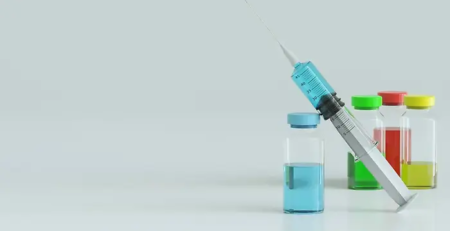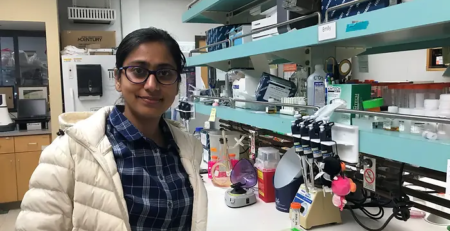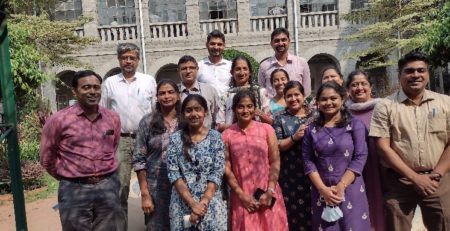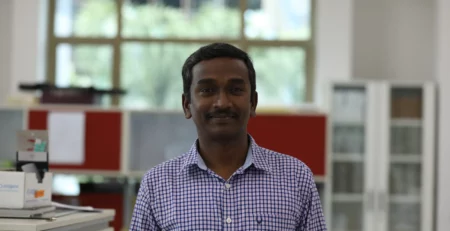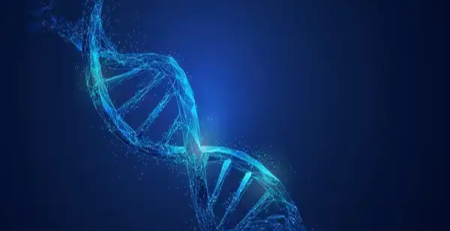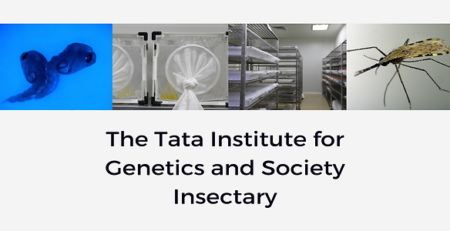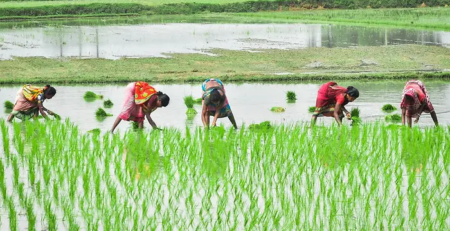The discovery of antibiotics was a breakthrough in human history. After Alexander Fleming discovered Penicillin in 1928 it was widely used to control infections, up until the 1950’s when resistance to Penicillin became a serious problem. At this point, new beta-lactam antibiotics came to the rescue. In the decades that came after, the use of antibiotics increased exponentially, and have been estimated to have saved around 200 million lives. But as the popularity of certain antibiotics rose, so did resistance to them.
Bacteria employ ingenious defense strategies that are encoded in their DNA to survive. The outer membrane of gram-negative bacteria protects them by selectivity restricting the entry of antibiotics. Some Pseudomonas aeruginosa have pumps in their membrane that push out antibiotic drugs. Bacteria like Klebsiella pneumoniae produce enzymes that break down antibiotics and make them ineffective. When antibiotics disrupt biological pathways in bacteria, some resistant bacteria develop alternate pathways to bypass the effects of the drug. Bacteria like Escherichia coli camouflage themselves by altering the look of the target the antibiotic uses to latch on to the bacteria.
The collective robustness of bacteria, along with their short growth cycles, works to their advantage when antibiotics are overused or not properly used, resulting in a ‘survival of the fittest’ scenario. We’ve seen that resistance to antibiotics is directly linked to how often antibiotics are used. Also, since many antibiotics belong to the same class of medicines, resistance to one antibiotic can lead to resistance to a whole related class. The fact that we now develop very few new antibiotics also heightens the risk humans face due to antibiotic resistance. Resistance to antimicrobials currently causes around 700 000 deaths a year (WHO) and is expected to increase progressively over the next few years, causing around 10 million deaths per year by 2050 and costing the world up to 100 trillion USD. The WHO, in the year 2017, classified the following list of 12 families of bacteria as those posing the greatest threat to human health. Something needs to be done, soon.
Priority 1: Critical
- Acinetobacter baumannii, carbapenem-resistant
- Pseudomonas aeruginosa, carbapenem-resistant
- Enterobacteriaceae, carbapenem-resistant, ESBL-producing
Priority 2: High
- Enterococcus faecium, vancomycin-resistant
- Staphylococcus aureus, methicillin-resistant, vancomycin-intermediate and resistant
- Helicobacter pylori, clarithromycin-resistant
- Campylobacter spp., fluoroquinolone-resistant
- Salmonellae, fluoroquinolone-resistant
- Neisseria gonorrhoeae, cephalosporin-resistant, fluoroquinolone-resistant
Priority 3: Medium
- Streptococcus pneumoniae, penicillin-non-susceptible
- Haemophilus influenzae, ampicillin-resistant
- Shigella spp., fluoroquinolone-resistant
Everyone agrees that we need to reduce the use of antibiotics. More awareness, surveillance and research could go a long way in preventing antibiotic-resistant infections. There is also widespread consensus that we need to develop new antibiotics, and global concerted efforts are underway. India recently joined the Global Antimicrobial Resistance Research and Development Hub, which now includes 16 countries, the European Commission, two philanthropic foundations and four international organizations. The Hub will work to improve coordination among countries and will also advise on resource allocation for research and development on antimicrobial resistance.
Strengthening our current efforts is important to tackle antibiotic resistance. But we need new strategies as well. Recent developments in genetic technologies offer us pathways to reverse antibiotic resistance in bacteria. A collaborative research team at the Tata Institute for Genetics and Society and Amrita University are exploring these avenues.


